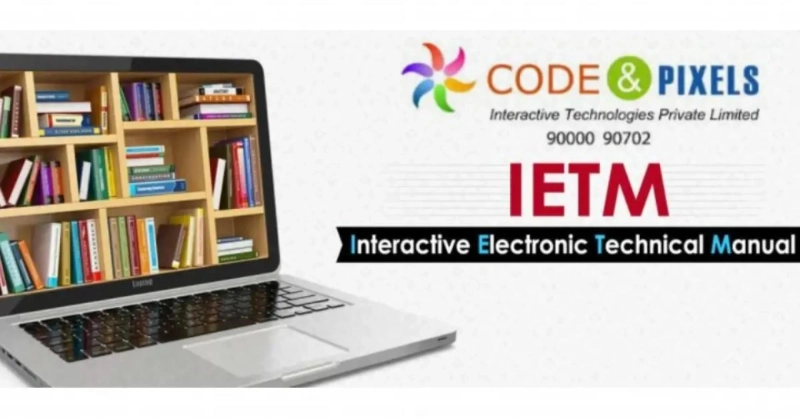[caption class="snax-figure" align="aligncenter" width="662"][/caption]
Technical manuals (e.g. maintenance, user, training, operations, etc.) published in electronic format are becoming more and more popular than paper based manuals for their interactivity, convenience and ease of use. Today’s paper-based manual/technical documentation is no longer the optimal choice for delivering information about complex machinery. This type of electronic technical manual is termed as Interactive Electronic Training Manual (IETM).
The computer-controlled IETM display device can function interactively in providing procedural guidance, navigational directions, and supplemental information. It can also provide assistance in carrying out logistic-support functions supplemental to maintenance. Studies concluded that Interactive Electronic Training Manual was significantly superior to the traditional paper-based technical manuals under operationally realistic conditions.
[caption class="snax-figure" align="aligncenter" width="662"][/caption]
There is extensive use of IETMs for Navy Air Force Defence resulting in reduction of turn-around time for reporting and correcting technical manual discrepancies. For example, the maintenance and operation manuals of a warship, with thousands of pages of technical documentation, are now replaced by their electronic versions occupying very little space and can be viewed on tablets from any part of the ship. The capability of IETMs to be automatically updated, via electronic sticky notes or e-mail, means that safety-related messages and updates will appear far more rapidly in the electronic technical data package than in paper.
Due to the imprecise nature of the generic descriptions used in the class and level description of IETMS, IETMs are now defined using a Functionality Matrix. IETMs can have many different features and the Functionality Matrix is used as a checklist of which features are required for a particular IETM. This checklist more precisely defines what functionality an IETM has, and allows clearer communication between an IETM developer and the IETM customer. Classes and levels of IETMS are no longer regarded as acceptable descriptors of IETMs.
Visit – https://www.codeandpixels.net now!
We hope you liked this article. Follow our blog for more such content.


